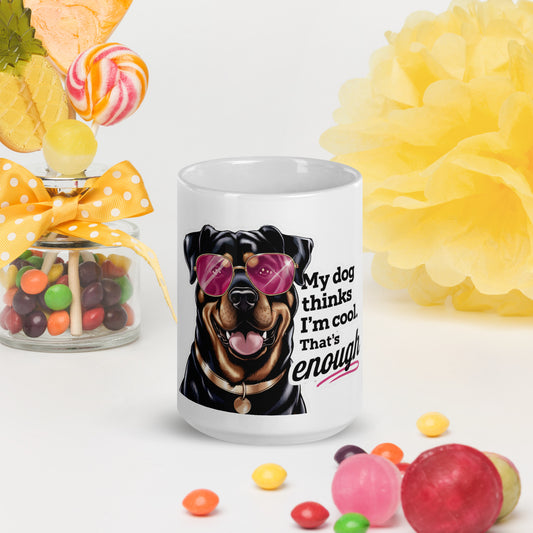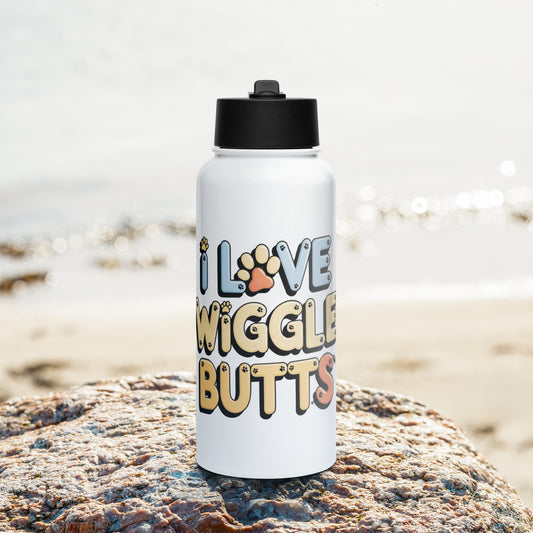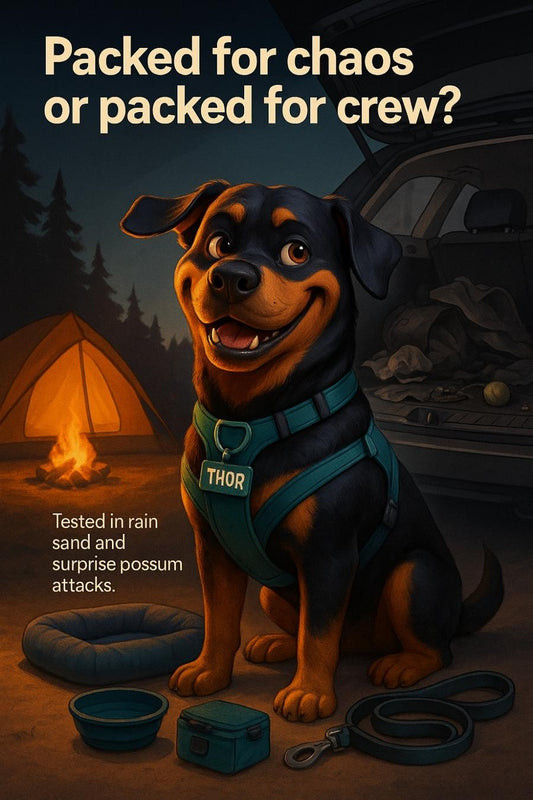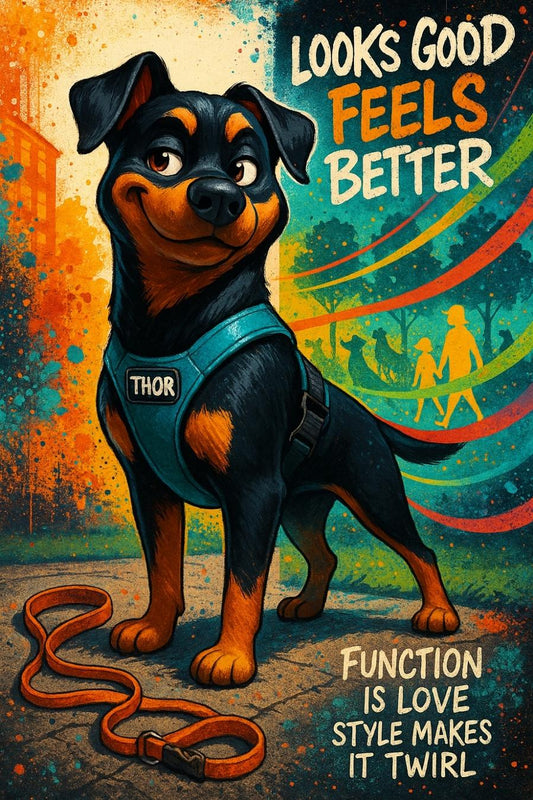
RSPCA-approved trainers swear by it—yet most hoomans still do crate training wrong 😬
Share
Why Crate Training Isn’t Cruel—It’s a Game-Changer for Working Breed Households
Hoomans, let’s be honest. Y’all love a good DIY project—until one involves a barky, stubborn doggo, a shiny crate, and your rapidly disappearing patience. But here’s the bark-truth: crate training doesn’t have to be a barking drama. Done right, it’s safer than free-range couch destruction and sweeter than a frozen peanut butter Kong on a hot day.
Here’s what changed: Before values—chewed skirtings, scratched doors, and hoomans with stress-face. After crate wins—quiet nights, happier pups, and stronger bonds.
The “Why” Before the “Howl”
I get it. The idea of confining your pup feels wrong. You’ve heard the debates in the dog park, seen angry comment threads, maybe even felt judged once or twice. But here’s the kicker—dogs like dens. Not cages. Dens. Cozy, safe, quiet spaces where we can chill out after guarding your fridge from falling into enemy paws (aka the vacuum cleaner).
A well-used crate's not punishment—it’s protection. Protection from chewing wires when no one’s home. From banging into fences when fireworks pop off. From ending up on Craigslist as “mischievous but sweet”—yikes.
Step-by-Step, Wag-by-Wag
Step 1: Pick a Crate That’s Built Like a Kennel Tank
Don’t waste time on flimsy, pretty crates—get something your dog can’t nose-lift at 2am like some prison escape movie. Go tough, go safe, go with airflow and chew-proof corners. If it looks like it could survive a truck ride, you’re close.
Step 2: No Pressure, No Drama—Treat It Like a Nap Spot
Leave the door open. Toss in favourite toys, an old hooman jumper, or something that *smells like love*. We’ll snoop, we’ll sniff, we might ignore it completely for a bit. That’s fine. Leave it. Let it be as normal as your shoes-that-I’m-not-allowed-to-chew-anymore.
Step 3: Associate It With Bliss—Hello, Snack Loading
- Meal in the crate? Yum.
- Frozen goat milk lick mat in the crate? Double yum.
- Cheeky liver treats under a blanket inside? I’m in.
Food = safety. Safety = crate. It’s basic tail-logic.
Step 4: Close the Door... For Just a Bit
Once we’re comfy chillin’, close the door while you hang around. Sit nearby. Scroll your glowing rectangle or sip your weird bean juice. Show us it’s all good. No sneaking out mid-lock-up—dogs notice these betrayals faster than a dropped sausage.
Step 5: Gradually Increase Alone Time
Go out to check the mail. Then put out washing. Then take the bin out. If we’re snoozing peacefully when you get back, that’s a big win. If not, adjust a bit—less time, more treats, add a chew. Don’t rush. Rushing leads to barking fits and regrettable carpet moments.
Pro Tips from This Crate Master (aka Me, Thor)
- Don’t use it for punishment. Ever. It’s not a time-out zone.
- Don’t guilt-trip the crate. No sad voice. You’re not throwing me in jail, you're giving me a doggo retreat.
- Do make it comfy—but skip anything I can shred faster than you can say "what the fluff."
- Do train with consistency. Every ‘in’ command should be calm, clear, and followed by a snack worth sitting for.
Busting the Biggest Bark Myths
“Big dogs need more space, not crates.”
Nope. Big dogs need safe spaces too. We love wind in our fur, but when it’s storming outside and everyone's gone, a protected den gives us calm, not chaos.
“My dog just cries—it’s not working.”
Hold your paws a sec. Crate crying usually means you skipped a step. Or rushed. Or that your crate smells like a new toaster—not like comfort. Backtrack, drop some tuna-flavoured love in that corner, and try again.
So, Is Crate Training Worth the Effort?
Only if you like keeping your couch, doors, sanity, AND your dog safe. Crate training isn’t just about order—it’s about trust. It says, “Here’s your space, mate. You’re safe here.” And when done right, it changes the whole vibe of the house. Mornings get calmer. Nights get quieter. And us dogs? We start choosing the crate on our own.
You used to dread bedtime battles—now we’re curling up in crates without a bark. That’s the quiet win no one talks about.
Final Tail-Wag Thought
If your dog sees a crate as punishment, you’ve got a training problem—not a crate problem. But flip that script, and it becomes one of the best tools for working breeds in real homes who need clarity, calm, and their own space to recharge.
That’s not confinement. That’s freedom—with boundaries your dog can trust.
Paws out ‘til next time,
Thor 🐾

Follow my adventures on Facebook: Thor's Pawesome Reviews
And follow check me out on Instagram : Live Thor's World








